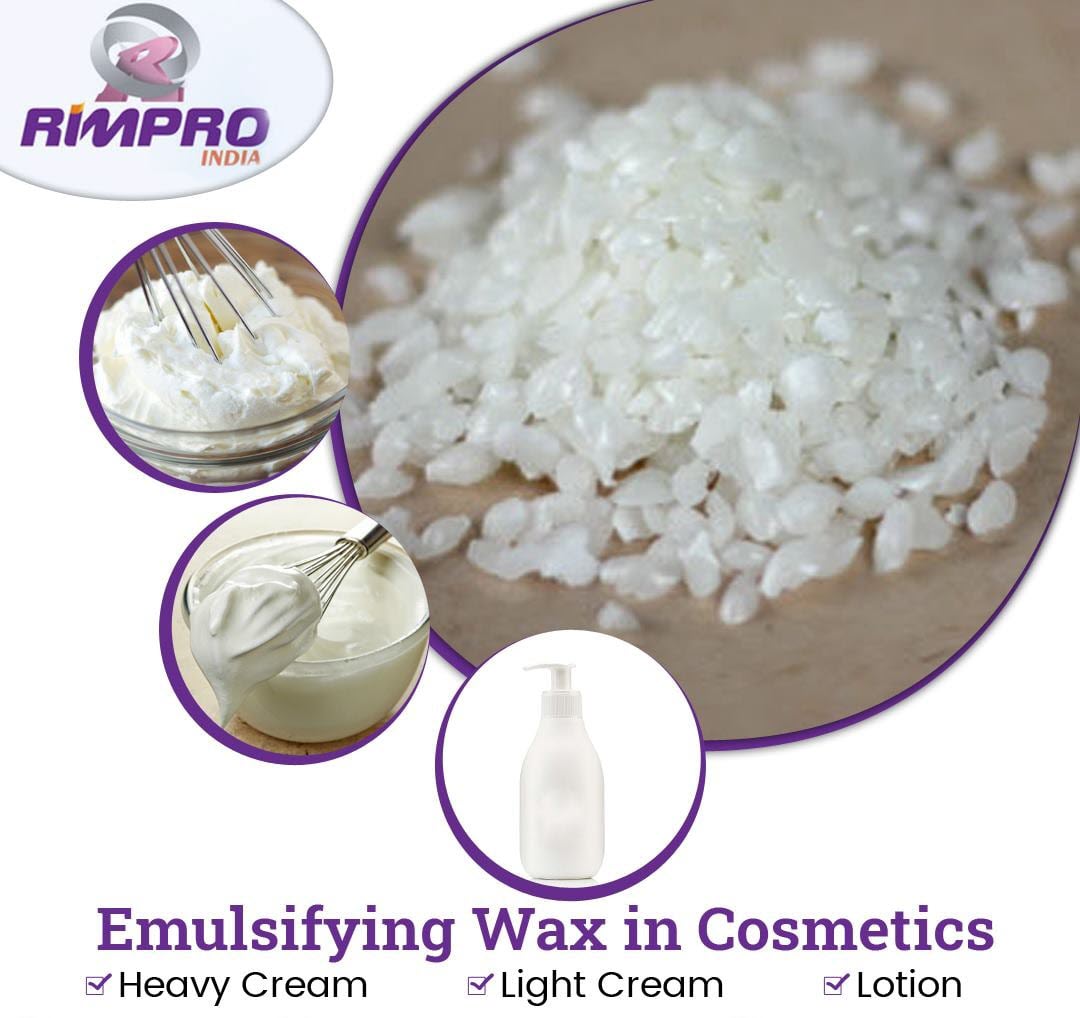 Menu
Menu
RIMPRO PE - A Paraffin Wax Emulsifier
RIMPRO PE is a specially manufactured product for emulsifying paraffin wax. It limits the apparent molal volume of the wax and the intrinsic viscosity of the final product. The emulsifier also increases the latex's performance. To learn more about this product, read on! This article was written by a professional in the field of latex chemistry. I hope you enjoyed reading it!
RIMPRO PE is a specially manufactured product to emulsify paraffin wax
In order to create a stable milky emulsion, a special formula is needed to emulsify paraffin wax. This formula uses a nonionic wax emulsifier, unlike soap-based conventional wax emulsions. RIMPRO PE is easy to apply, store, and transport. Its emulsification properties allow it to be easily biodegraded.
Paraffin wax emulsions are multi-phase dispersions formed by physical modification of waxes. In leather finishing, these emulsions fill the coating and increase gloss and feel. In earlier days, emulsified wax was prepared by using beeswax, insect wax, and white wax. Nowadays, however, it is the highly-reactive, ultra-violet-resistant wax that is used in high-end applications.
It improves the performance of latex
The Pickering emulsion can penetrate the cell wall of WFs, thereby improving the composites' properties. Paraffin wax emulsion is also used to cover the internal surface of WFs. This emulsion is widely used in the manufacture of latex and WF-based coatings. It can also be used as a latex emulsifier, as it can be applied to a wide range of latex-based products.
In this study, WFs were placed in a beaker in a treating tank. The Pickering emulsion was then applied to the WFs and the moisture adsorption of each sample was measured. The Pickering emulsion improved the hydrophobicity of the WFs by filling the hydroxyl groups on their surface. The WFs exhibited the lowest moisture content. Moreover, it could also be used to enhance the hydrophobicity of WPC.
The use of Paraffin wax emulsifiers has several benefits. The first is that it is compatible with the other components of the latex. It improves the performance of the coating. In addition, it helps in reducing the risk of agglomeration. The second benefit is that it helps in increasing the stability of the latex. This is due to the fact that it can be used at low pHs and in small amounts.
It limits apparent molal volume
The effectiveness of a Paraffin wax emulsifier in limiting the apparent molal volume of a solvent depends on several factors, including the type of polymer, emulsifier concentration, and temperature. Lower MW fractions of PPD a and b show less efficacy at suppressing crystallization onset temperatures, and this is a function of the wax carbon number. Longer paraffin chains have higher nucleation energy barriers, which offset their increased ability to suppress crystallization onset temperature.
The hydrocarbon C31H64 is the typical constituent of paraffin wax. The wax is obtained by refining lubricating oil. A few other hydrocarbons are added for improved water-repellent properties. One additive is EVA, while another increases elongation and UTS. Various metal hydrides improve the apparent molal volume of a solvent.

It limits intrinsic viscosity
Ultrasound-assisted paraffin wax in water nanoemulsions were optimized by controlling major emulsification process parameters, including sonication time, applied power, and surfactant concentration. The effect of these variables on the mean droplet diameter was examined. The optimal concentration for the surfactant was found to be 10 mg/ml. This concentration was used in the preparation of stable paraffin wax nanoemulsions.
Dynamic viscosity of RT21HC and its derivatives decreased with increasing temperature. The u values obtained for the RT21HC at 278 K and at 303 K are well-correlated, while the differences between the heating and cooling u(T) sweeps are within experimental uncertainty. The RT21HC-based nanoemulsions showed significantly higher viscosities at low temperatures than at high temperatures.
Paraffin wax is an oil-derived solid that is composed of hydrocarbon molecules. Its melting point is 46 to 68 degC and its density is around 900 kg/m3. It is insoluble in water, ether, and benzene, and is soluble in certain esters. Its heat of combustion is 42 kJ/g. Its inherent properties allow it to be blended and sold as a solid or liquid.
